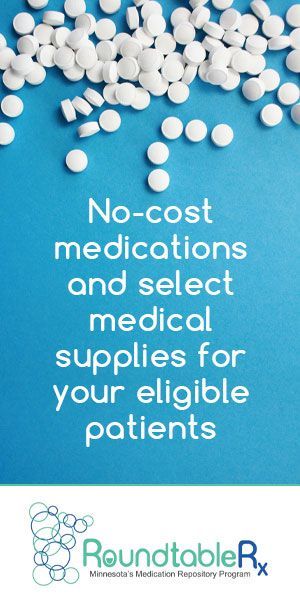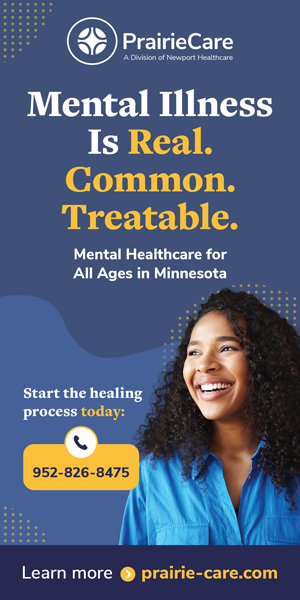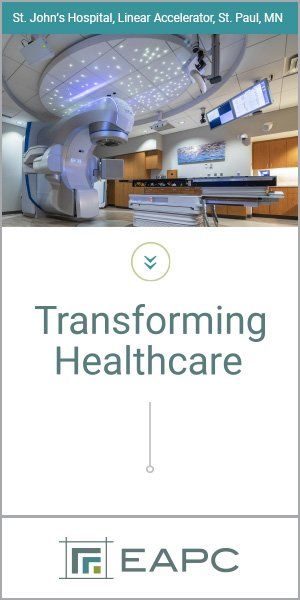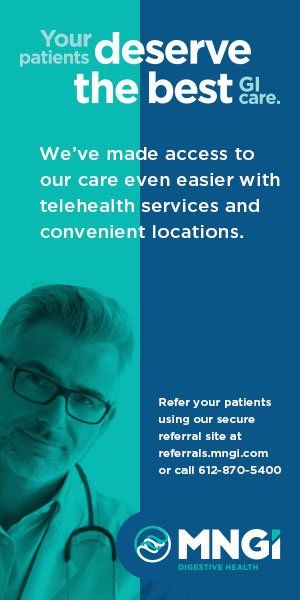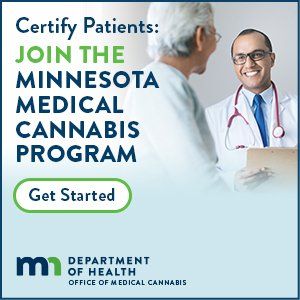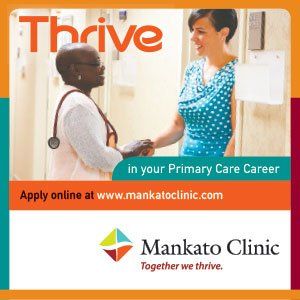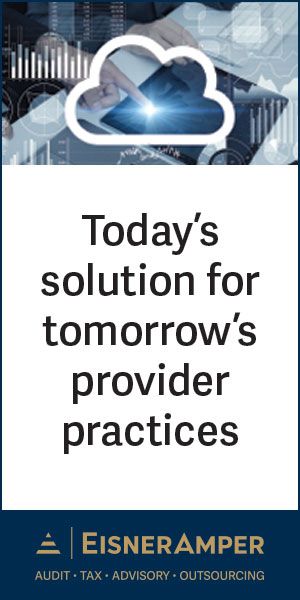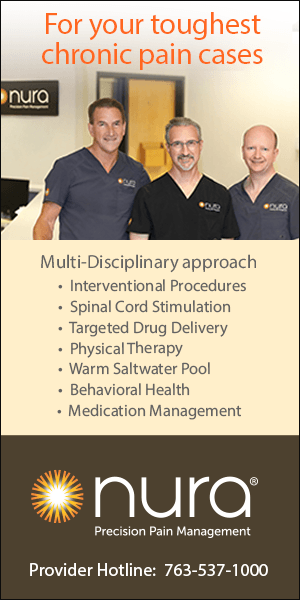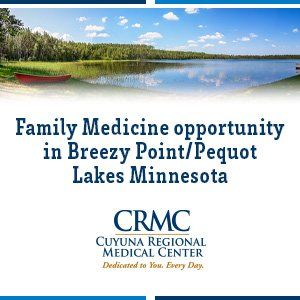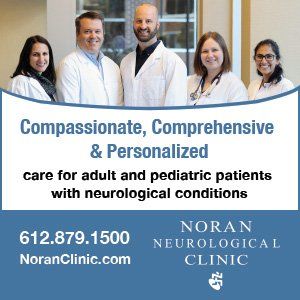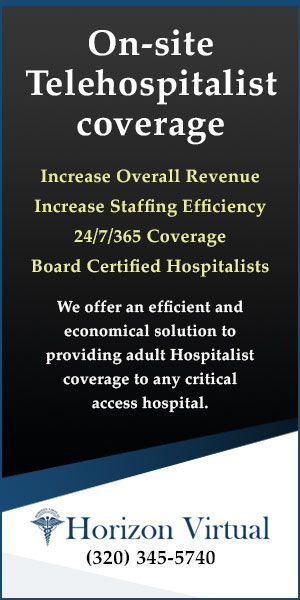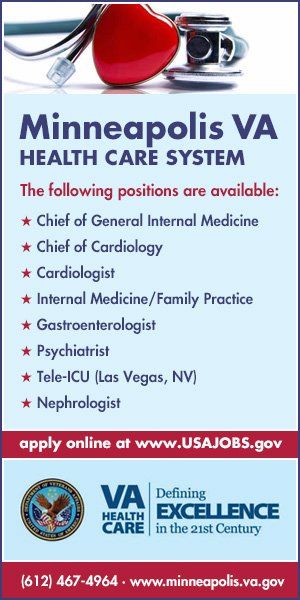he concept of creating a rare-disease advisory council started with the advocacy work of parents looking to improve the speed of diagnosis and access to care for patients with rare diseases. Abbey Meyers, the founder of the National Organization for Rare Disorders (NORD) and a rare-disease mom, put it best when she said, “Families affected by rare diseases represent a medically disenfranchised population that falls through the cracks of every health care system in the world.” Advocates began engaging with the Minnesota state Legislature in 2017 for a program modeled after one in North Carolina. These efforts resulted in the successful 2019 approval of a bipartisan bill for the Chloe Barnes Advisory Council on Rare Diseases. It was named in memory of a young girl who passed away from metachromatic leukodystrophy.
Specialty Care
Diagnosing and Treating Rare Diseases
An update on leadership and advocacy
BY Susan Berry, MD; Erica Barnes, SLP; and Art Beisang, MD
The original council was housed at and supported by the University of Minnesota. In 2022 it transitioned to an executive-branch state agency with the new name the Minnesota Rare Disease Advisory Council (MNRDAC). The governor appoints 17 board members who represent patients with rare diseases, medical providers, hospitals, insurance and industry. Our mission is to provide advice and advocacy on research, diagnosis, treatment and education related to rare diseases. While there are currently over 30 RDACs across the country, MNRDAC is the only one that is an executive-branch state agency, with four legislators appointed as part of its governance structure.
We are organized around four core areas or pillars:
- A deepened understanding of the collective barriers faced by all rare-disease communities.
- Shortening the time to a diagnosis.
- Increasing coordination of care with a particular emphasis on transitioning an individual with a rare disease from pediatric to adult services.
- Accelerating research to increase the number of available treatments and ensuring access to the treatments.
What is common sense for common diseases is not always common sense for rare diseases.
A Uniquely Challenging Journey
One of the greatest challenges affecting the health, survival and well-being of individuals with rare diseases is the long road to diagnosis, commonly referred to as the “diagnostic odyssey.” This unfortunately predictable delay is due to several unique barriers not encountered by more common disease populations. Examples include the complexity and heterogeneity of rare diseases combined with low prevalence leading to difficulties in establishing a definitive diagnosis, frequent misdiagnosis, geographically dispersed patient populations that do not allow a single provider to accumulate expertise for a particular disease, and lack of published data regarding the natural history of very rare diseases.
In addition to the immense stress that a desperate search for a diagnosis places on families, the delay in diagnosis also increases costs to the health system. Multiple visits and testing that does not result in a diagnosis, the administration of inappropriate treatments because of misdiagnosis and the increase in hospitalizations due to an unmanaged condition all contribute to costs beyond those of many common diseases. A recent NIH-led pilot study examined claims data and determined that the cost of rare disease care is significantly higher compared to age matched care for those without a rare disease. Florida Medicaid claims data illustrate this sharply with a per patient annual range of from $8,812 to $140,044 versus $2,211.
The advances in genetic testing hold significant potential to reduce both the diagnostic odyssey as well as the cost of care. Because more than 85% of the roughly 10,000 rare diseases are genetic in origin, genetic testing such as rWGS (rapid whole genome sequencing) is a particularly effective tool in more timely diagnosis. Multiple studies done across the U.S. have demonstrated that incorporating rapid testing into NICUs for children with a suspected rare disease both improves diagnosis and clinical outcomes and reduces the cost of care. With reducing the delay to diagnosis a pillar of MNRDAC, collaborating with MDH to strengthen the newborn screening program has been a top priority. For some rare diseases, early detection through newborn screening is a child’s only pathway to having a diagnosis in time for treatment. The unfortunate recent elimination of the Advisory Committee on Heritable Disorders in Newborns and Children (ACHDNC) at the federal level makes state-level support of the Minnesota newborn screening program even more crucial. For this reason, MNRDAC is pursuing Minnesota legislation to expand coverage for genetic testing.
Another unfortunate barrier to diagnosis can be the initial provider’s lack of willingness to seek a diagnosis. In a large-scale survey we conducted across multiple rare diseases, 37% of respondents rated their initial provider’s willingness to investigate the causes of their symptoms as “poor.” Based on these findings, a core function of the agency has become providing support tools to primary care providers working front lines of care for rare-disease patients. These tools help bridge the gap between primary and specialist knowledge and pave the way to more quickly refer the patient in the best direction.
Physician Support Tools
MNRDAC is particularly pleased to be engaged in an educational activity using Project ECHO. Project ECHO is a model for educational interaction that allows participants to learn from one another as well as from experts. Participants present real (de-identified) cases for mutual discussion with each other, and with specialists. Using this educational strategy, we hope that participants gain an active means for decreasing the diagnostic odyssey for persons affected with rare diseases, develop a community of practice and improved care and reduce barriers for interaction between primary care providers and rare-disease specialists. We also hope this educational activity will increase awareness about rare diseases and provide more active means for mutual interaction between providers and specialists.
Available virtually on the third Monday of each month, we feature sessions led by experts who share insights and strategies for diagnosis; provide the opportunity for de-identified composite case studies to increase experience with rare-disease diagnosis; and most important, offer the opportunity for networking with fellow providers with similar experiences, creating a supportive community of practice. Participants may attend some or all sessions and will receive a Zoom link on the day of the session for participation after registration. Previous ECHO sessions are also recorded for educational benefit. Sessions are eligible for CME credit (up to one hour per session) and are available free of charge. This work is being undertaken in partnership with Stratis Health, an organization dedicated to health care quality and patient safety. Available sessions have included an introduction to considering a rare-disease diagnosis, a review by the NORD accredited Minnesota’s Rare Disease Centers of Excellence, a session on the role of advocacy in shaping rare-disease care, a primer on genetic testing and a session on trauma-informed care.
Advances in genetic testing hold significant potential to reduce both the diagnostic odyssey as well as the cost of care.
Policy Achievements
While programs to support clinicians’ direct interactions with rare-disease patients is crucial, MNRDAC recognizes that a number of systems barriers exist that make care delivery a challenge for even the most competent clinicians. Another challenge involves the ongoing need for responsive public policy. To this end, MNRDAC acts as comprehensive resource for legislators and other state agencies. We follow a set methodology each year in order to identify the most meaningful priorities and ensure that policy is being set in a transparent manner. This methodology takes into account input from multiple stakeholders as well as specifies certain criteria that proposed policies must meet.
Since its 2022 transition, MNRDAC has driven or supported a number of important public policy changes including the following:
Network access for individuals with a diagnosis or seeking diagnosis for a rare disease. Recognizing that the number of specialists with knowledge of a particular rare disease can be extremely limited, this policy allows for rare-disease patients to go out of their insurance network to receive care from a provider with knowledge of their rare disease.
Coverage of rWGS for children in the NICU suspected of having a rare disease. Requires coverage by commercial payers (including managed care organizations working with Medicaid) and Medicaid FFS to cover rapid whole genome sequencing for children under the age of 21.
Reduction in prior authorization requirements. Largely driven by the Minnesota Medical Association, the particular aspect of the bill advocated for by MNRDAC and successfully included is the removal of yearly requirements for individuals with chronic diseases to go through the prior authorization process
Modifications to the state Drug Formulary Committee. What is common sense for common diseases is not always common sense for rare diseases. This can be particularly true in the creation of prior authorization requirements and the determination process around formulary placement for FDA-approved therapies for rare diseases. This policy gives MNRDAC statutory authority to appoint a member to the drug formulary committee to represent the rare-disease community.
Taskforce on sustainable reimbursement models for gene therapies for rare diseases. Gene therapy represents a significant medical advancement for the rare-disease community. Current reimbursement structures, however, limit the accessibility of these treatments for many individuals who would benefit from them.
Patient-centric Care
At the center of all of our work is the patient. We think patients say it best, such as Carolyn, an advocate who has engaged with MNRDAC since its creation. “My son Edan became the 4th baby to be diagnosed with Spinal Muscular Atrophy early on the newborn screen, treated before the onset of symptoms, and is developing normally today, our miracle child. He is wrapping up kindergarten, and one of his current career aspirations is to be ‘a doctor who helps kids’. While his father hopes he will adventure and attend college far away, I hope he will stay in Minnesota and contribute to our rich history and culture of having some of the best health care in the world. MNRDAC is crucial to advance the needs of the roughly 10% of the population who are impacted by a rare disease. If you know 10 people in your life, statistically, one of them will be impacted by a rare disease.”
Looking to the Future
While diagnosing rare diseases and caring for individuals with them will always be a challenge, research and development of treatments for rare diseases continues to accelerate at an unprecedented pace. An area of particular promise for the rare-disease community is gene therapy. As of November 21, 2024, the FDA has approved 32 gene therapies and hundreds more are currently being developed. Although this exponential growth in available treatments offers opportunities to improve care for individuals with rare diseases, it also presents a number of challenges to existing processes and health care structures. It will be critical to proactively find solutions to structural challenges and ensure that available treatments are accessible to every patient that needs them. MNRDAC will continue to be a resource for policy makers and a convener of stakeholders to ensure that the state of Minnesota is the best place to live for individuals with a rare disease. If you would like more information on any of the above initiatives, a list of all currently appointed board members, in-depth information on our policy priorities and how they are identified or would like to sign up for MNRDAC communications, please visit:
www.mnraredisease.org.
Susan Berry, MD, is a professor specializing in genetics and metabolism with the Department of Pediatrics at the University of Minnesota.
Erica Barnes SLP, is the executive director of the Minnesota Rare Disease Advisory Council.
Art Beisang, MD, is a complex care pediatrician at Gillette Children’s Hospital.
MORE STORIES IN THIS ISSUE
cover story one
Broadening the Lens: Improving health data measurement
By Liz Cinqueonce, MBA, and Kate Hust, MD, MPH
cover story two
Safeguarding Surgery Standards: The legislative role in scope of practice issues
















